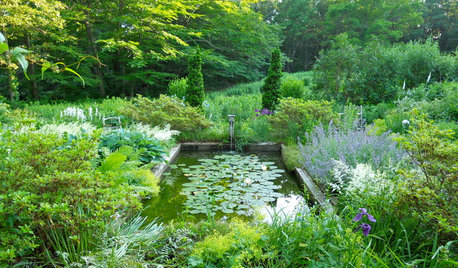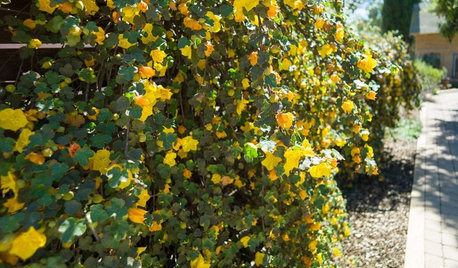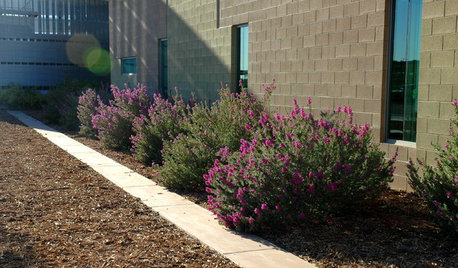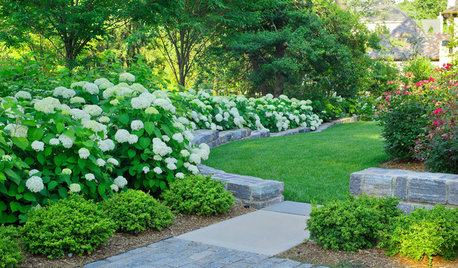Inexpensive trees and shrubs?
lovetotweet
15 years ago
Related Stories

TREESHow to Buy Healthy Trees and Shrubs
A healthy young plant with a strong form is more likely to do well in your yard. Here’s what to look for at the nursery
Full Story
GARDENING GUIDES8 Native Shrubs for Year-Round Bird Feeding
It’s not just about berries. These plants provide insects for birds and seasonal interest for gardeners
Full Story
PLANTING IDEAS5 Reasons to Bring Shrubs Into the Flower Garden
Mix up the garden experience and let the flowers and shrubs play together
Full Story
GARDENING GUIDESTidy Up Sprawling Native Shrubs With These Pruning Tips
Sound horticultural pruning methods work for native and nonnative plants alike
Full Story
GARDENING GUIDESHow to Prune Your Flowering Shrubs for the Best Blooms
Less is often more when it comes to properly pruning flowering shrubs. Here’s what to do and why
Full Story
GARDENING GUIDESHow to Avoid Overcrowded, Overpruned Shrubs
Go for a more natural look that’s easier and less expensive to maintain by giving your plants the right amount of growing room
Full Story
GARDENING GUIDES8 Deer-Resistant Elegant Evergreen Shrubs to Plant This Fall
Who knew that such beautiful shrubs could be deer-resistant?
Full Story
GARDENING GUIDES10 Drought-Tolerant Shrubs That Thrive in Full Sun and Reflected Heat
Got a hot spot in your garden where plants often die? Try these tough shrubs that add beauty while shrugging off the heat
Full Story
FALL GARDENING9 Deer-Resistant Flowering Shrubs to Plant This Fall
These exquisite shrubs will attract your attention but won’t tempt the deer that roam your neighborhood at night
Full Story
FLOWERS AND PLANTS10 Essential Shrubs for Mid-Atlantic Gardens
Easy-to-grow mid-Atlantic native shrubs celebrate the character of the region
Full StoryMore Discussions






Okiedawn OK Zone 7
lovetotweetOriginal Author
Related Professionals
Edmond Landscape Architects & Landscape Designers · Salem Landscape Architects & Landscape Designers · Taylorsville Landscape Architects & Landscape Designers · Paradise Landscape Architects & Landscape Designers · El Segundo Landscape Contractors · Live Oak Landscape Contractors · Richmond Landscape Contractors · Saint John Landscape Contractors · Bellevue Decks, Patios & Outdoor Enclosures · Fresno Decks, Patios & Outdoor Enclosures · Lafayette Decks, Patios & Outdoor Enclosures · Medford Decks, Patios & Outdoor Enclosures · Myrtle Beach Decks, Patios & Outdoor Enclosures · South Lyon Decks, Patios & Outdoor Enclosures · Watauga Decks, Patios & Outdoor EnclosuresOkiedawn OK Zone 7
lovetotweetOriginal Author
tulsabrian
Okiedawn OK Zone 7
lovetotweetOriginal Author
tulsabrian
Okiedawn OK Zone 7
tulsabrian
ilene_in_neok
Okiedawn OK Zone 7
Okiedawn OK Zone 7
lovetotweetOriginal Author